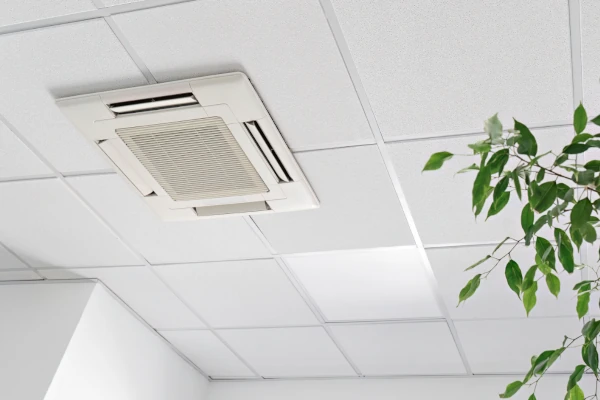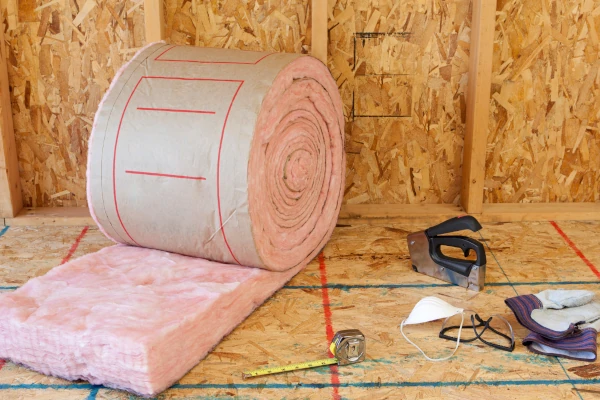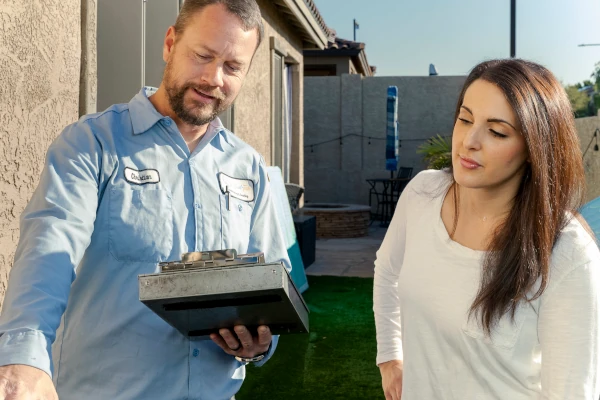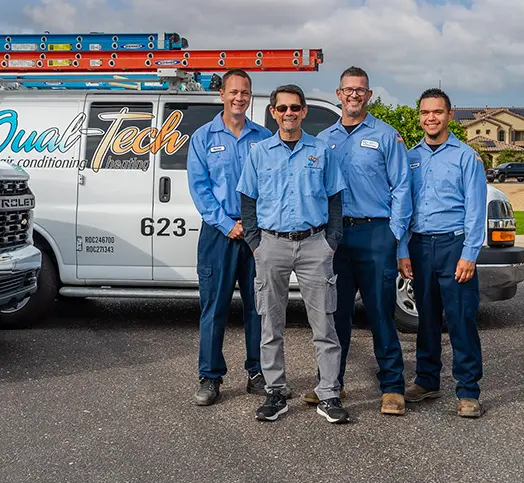Daikin VRV systems revolutionize climate control by adjusting refrigerant flow to match the unique needs of each zone. With the ability to simultaneously heat and cool multiple areas, they deliver precise comfort, energy efficiency, and design flexibility, making them a standout solution for modern commercial and large residential buildings.
What Is a VRV (Variable Refrigerant Volume) System?
A Variable Refrigerant Volume (VRV) system is an advanced HVAC technology that modulates refrigerant flow to meet the exact heating or cooling requirements of each zone in a building. Key features include:
Individual temperature control for each indoor unit
Energy efficiency through dynamic refrigerant adjustment
Heat recovery capabilities
Flexible system design suitable for various building layouts
This combination ensures personalized comfort while optimizing energy use.
How Do VRV Systems Work?
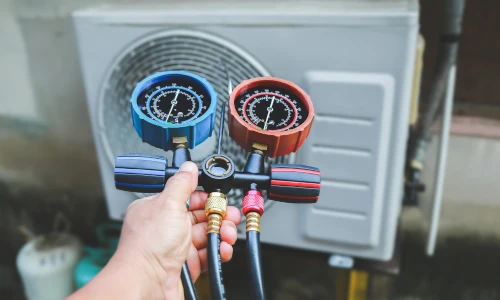 VRV systems continuously adjust refrigerant flow to match the precise needs of each indoor unit, providing comfort where and when it’s needed. Unlike traditional systems, they can simultaneously heat some zones while cooling others, offering unparalleled flexibility for multi-use spaces. The modular design allows for easy integration into complex building layouts, from offices to large homes.
VRV systems continuously adjust refrigerant flow to match the precise needs of each indoor unit, providing comfort where and when it’s needed. Unlike traditional systems, they can simultaneously heat some zones while cooling others, offering unparalleled flexibility for multi-use spaces. The modular design allows for easy integration into complex building layouts, from offices to large homes.
Indoor units operate independently, so different areas can maintain customized temperatures without affecting others. Energy efficiency is enhanced because the system only supplies what each zone requires, reducing waste and lowering utility costs. Advanced electronics and inverter-driven compressors allow precise control of refrigerant flow, while heat recovery features maximize efficiency by reusing energy within the system.
Traditional AC Capacities
Standard air conditioners typically run at a fixed capacity, delivering the same cooling or heating to an entire space. While effective for single-zone environments, they do not provide individualized comfort for multiple areas. Fixed-capacity operation can lead to energy inefficiencies in buildings with varying temperature needs, especially when compared to the adaptive performance of VRV systems.
The Benefits of VRV Systems
Daikin VRV systems deliver precise temperature control, energy efficiency, and enhanced comfort for multi-zone environments. Their modular design allows flexible integration into diverse building layouts, while heat recovery capabilities reduce energy waste. Advanced technology ensures reliable operation, quieter performance, and long-term durability, making Daikin VRV systems a smart choice for commercial and large residential spaces alike.
Where Are The Best Places To Use VRVs
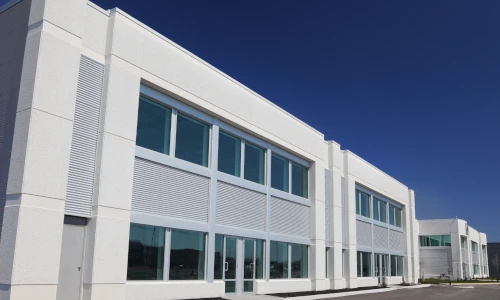 VRV systems excel in buildings where precise temperature control, energy efficiency, and multi-zone comfort are priorities. Their modular design and flexibility make them ideal for complex layouts, multiple floors, and spaces with varying occupancy or usage patterns.
VRV systems excel in buildings where precise temperature control, energy efficiency, and multi-zone comfort are priorities. Their modular design and flexibility make them ideal for complex layouts, multiple floors, and spaces with varying occupancy or usage patterns.
Commercial Examples:
Offices with conference rooms, open workspaces, and private offices requiring different temperatures
Hotels and resorts where each room or suite needs individual climate control
Restaurants with dining areas, kitchens, and event spaces operating at different conditions
Residential Examples:
Multi-story homes where bedrooms, living rooms, and basements require independent heating or cooling
Luxury homes with home theaters, gyms, or offices that need customized comfort
Properties with large open areas combined with smaller, private rooms
VRV systems are especially beneficial when energy efficiency is important, as they adjust refrigerant flow based on demand. They also support simultaneous heating and cooling, making them ideal for households or buildings with different comfort needs at the same time.
Why VRV Systems Call for Specialized Technicians.
VRV systems use advanced electronics, inverter-driven compressors, and precise refrigerant controls, calling for specialized training for proper maintenance, and troubleshooting. Technicians with this expertise ensure optimal system performance, energy efficiency, and longevity. Proper training also allows them to navigate complex zoning, heat recovery, and multi-unit configurations safely and effectively, providing reliable comfort across all areas.

